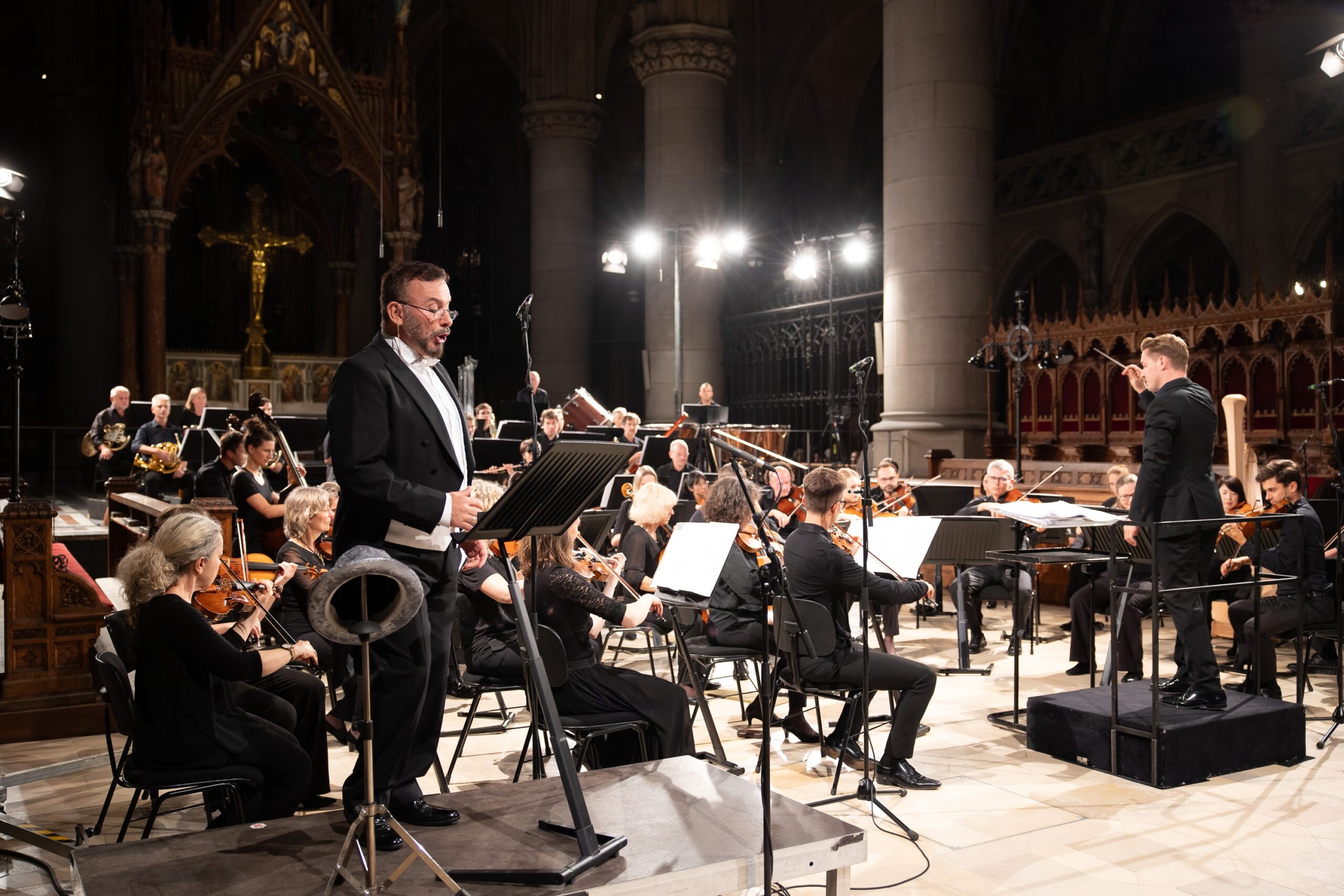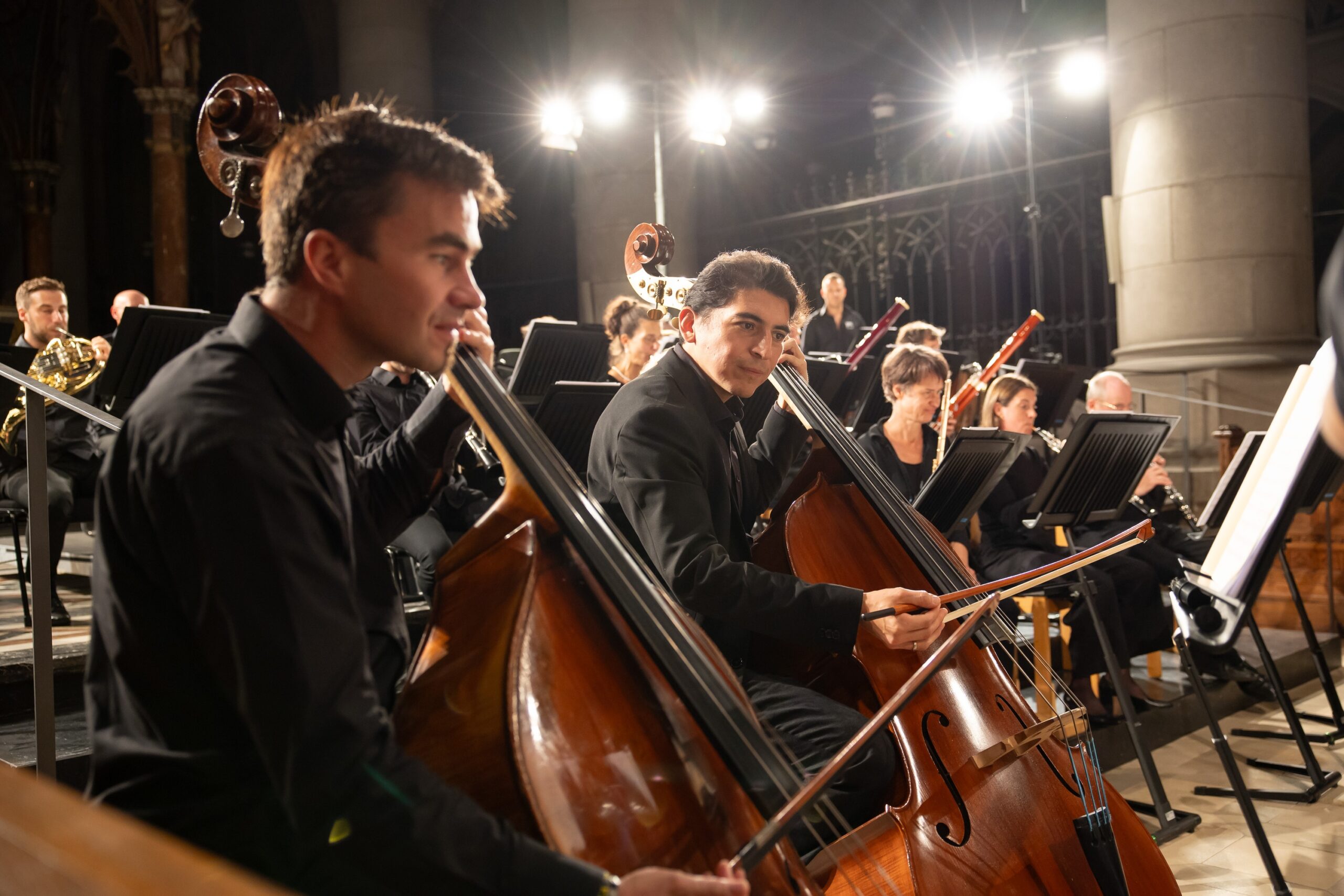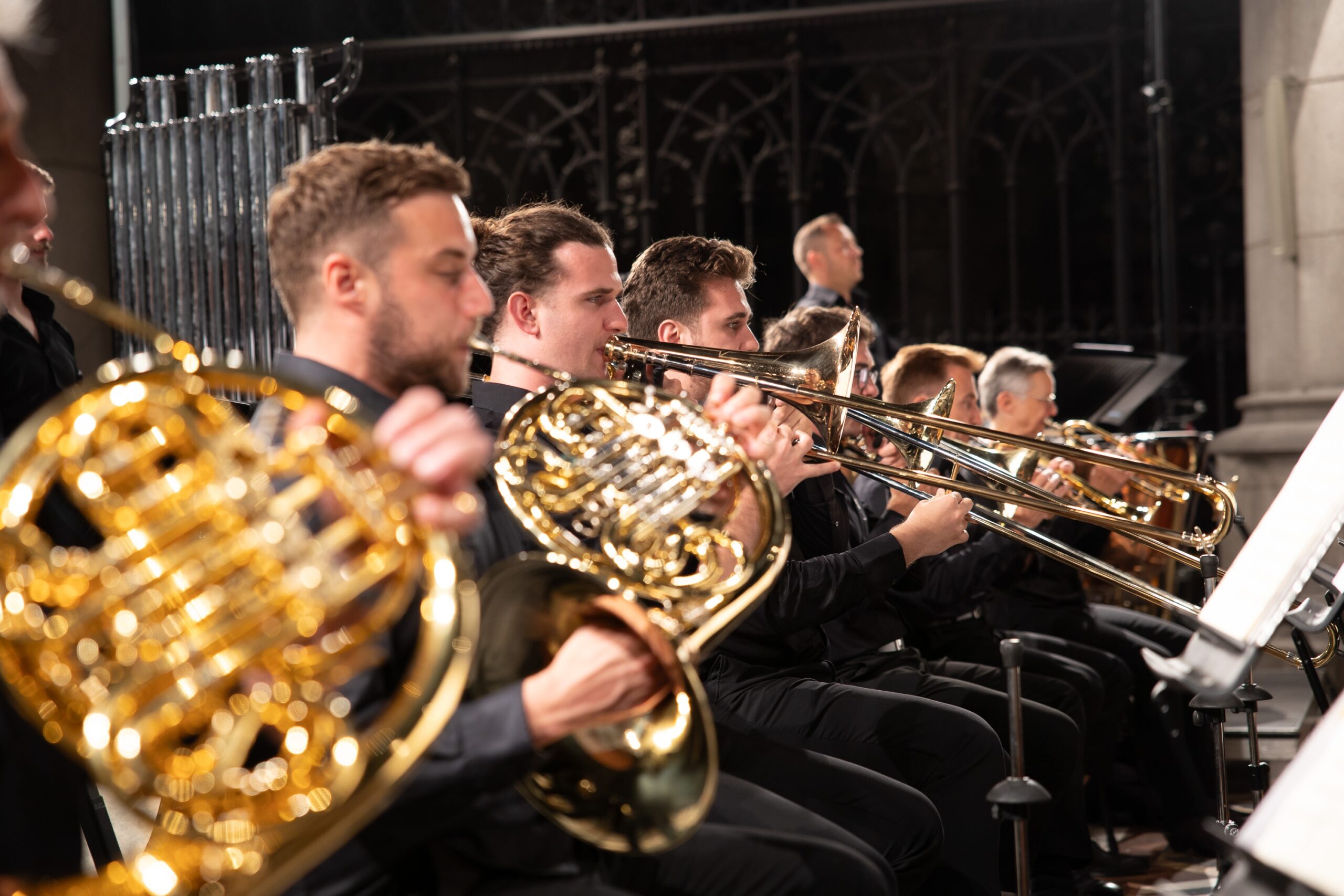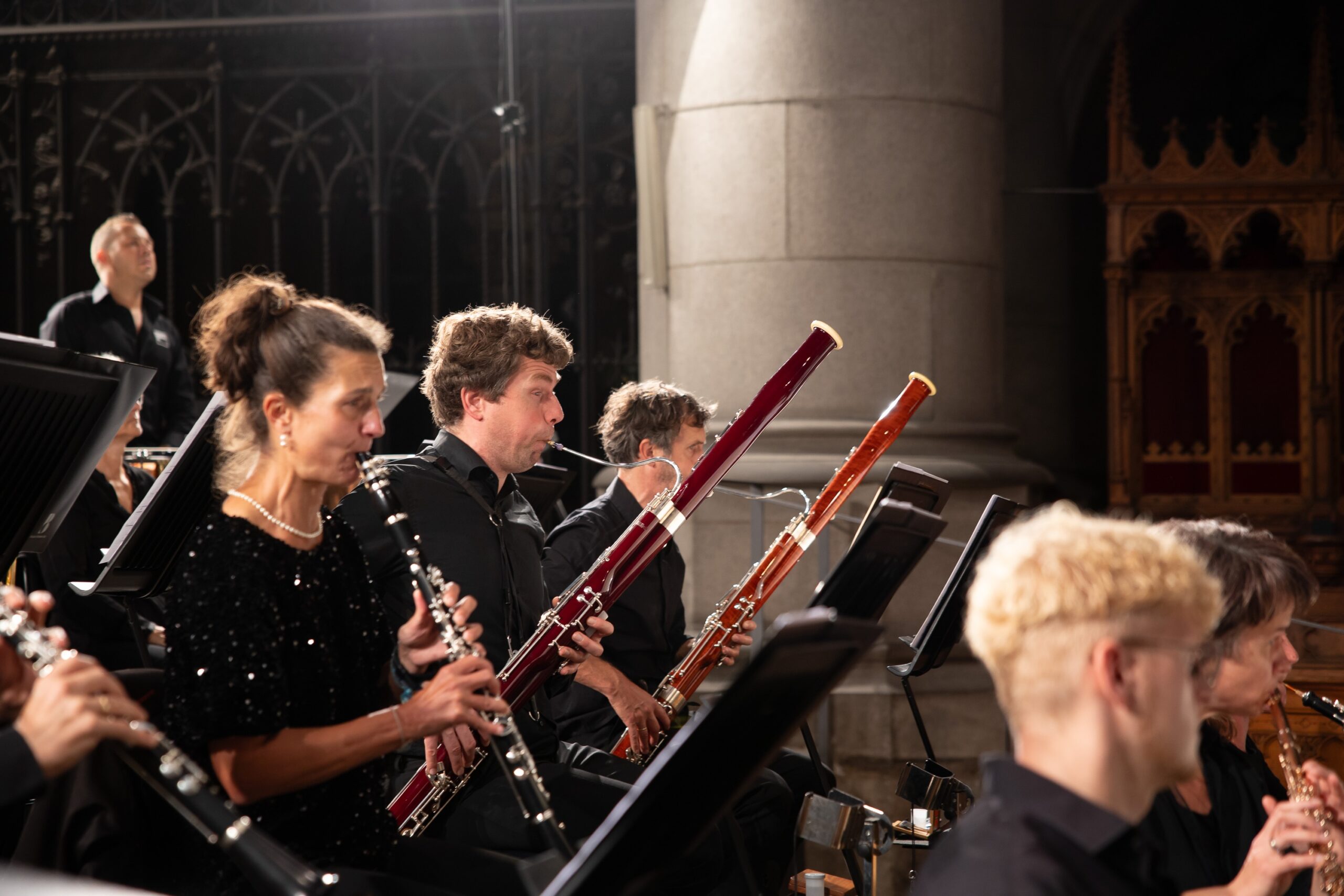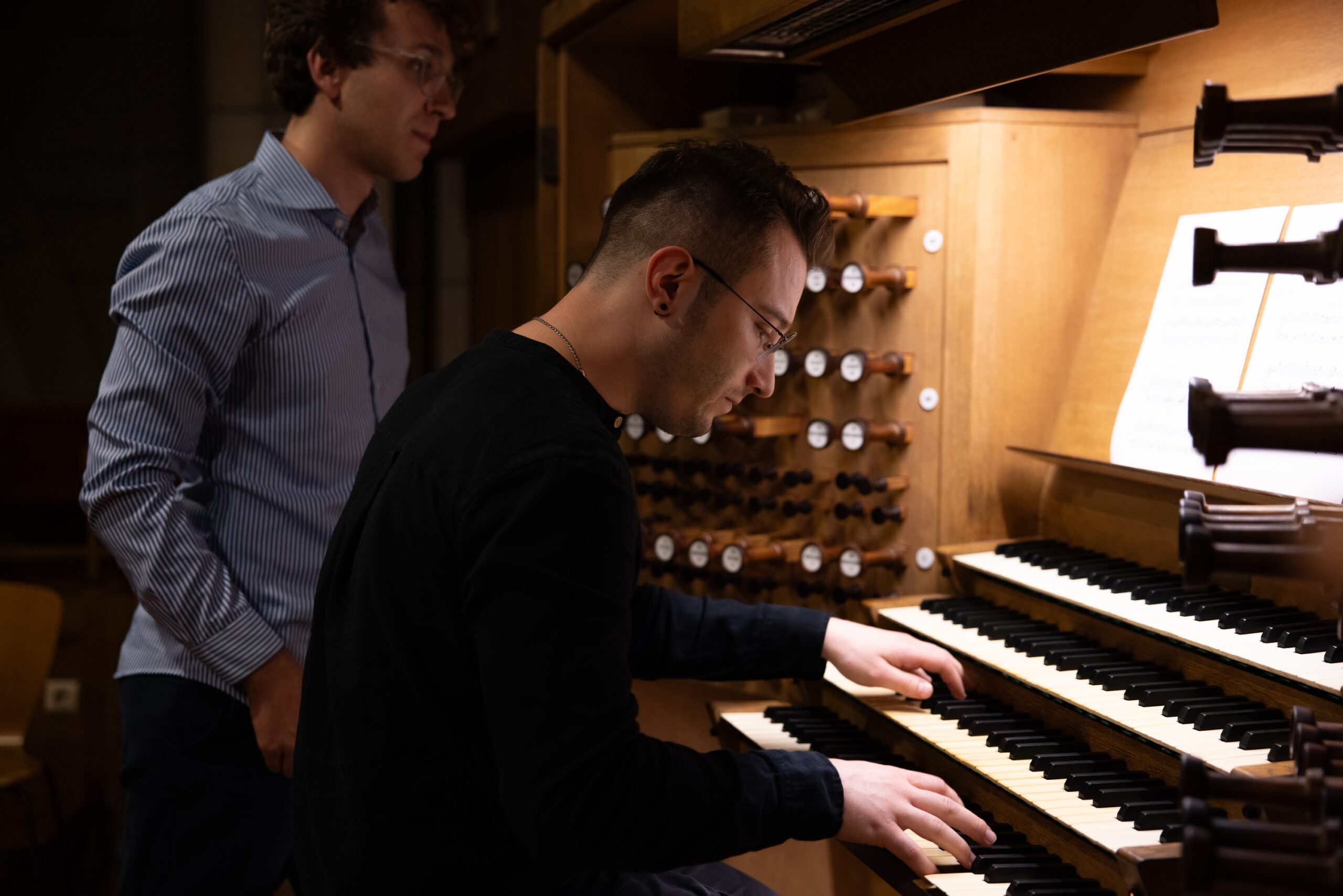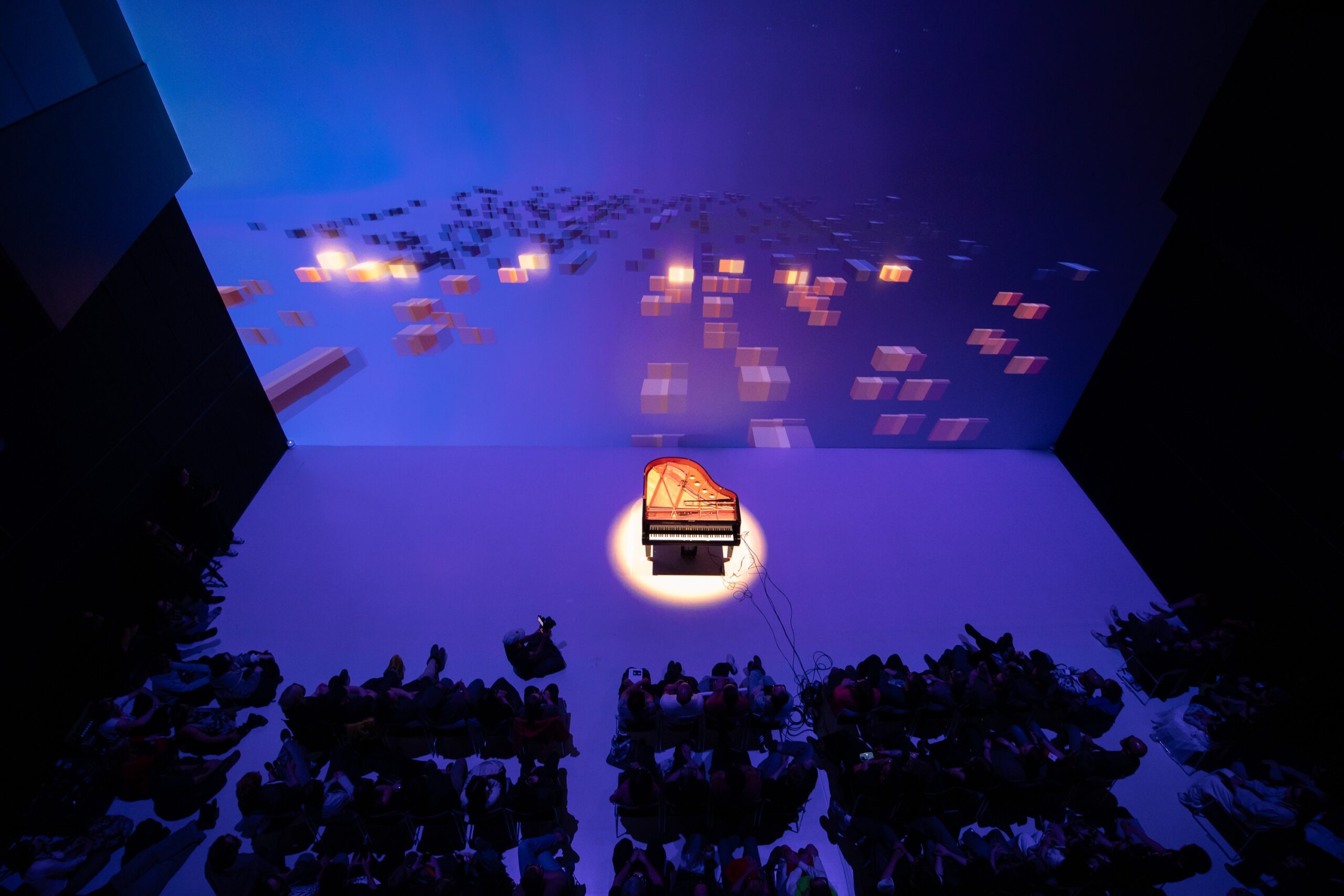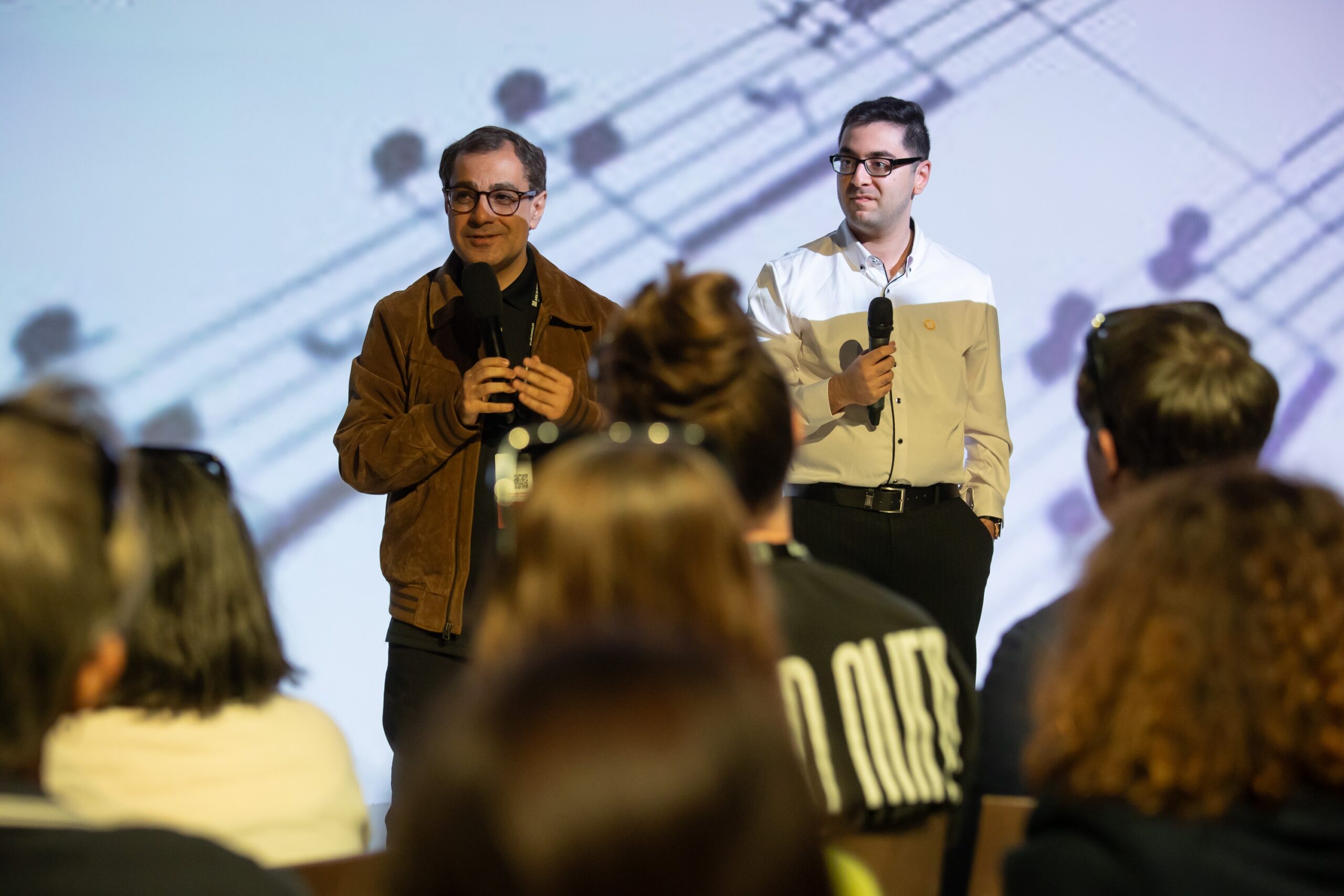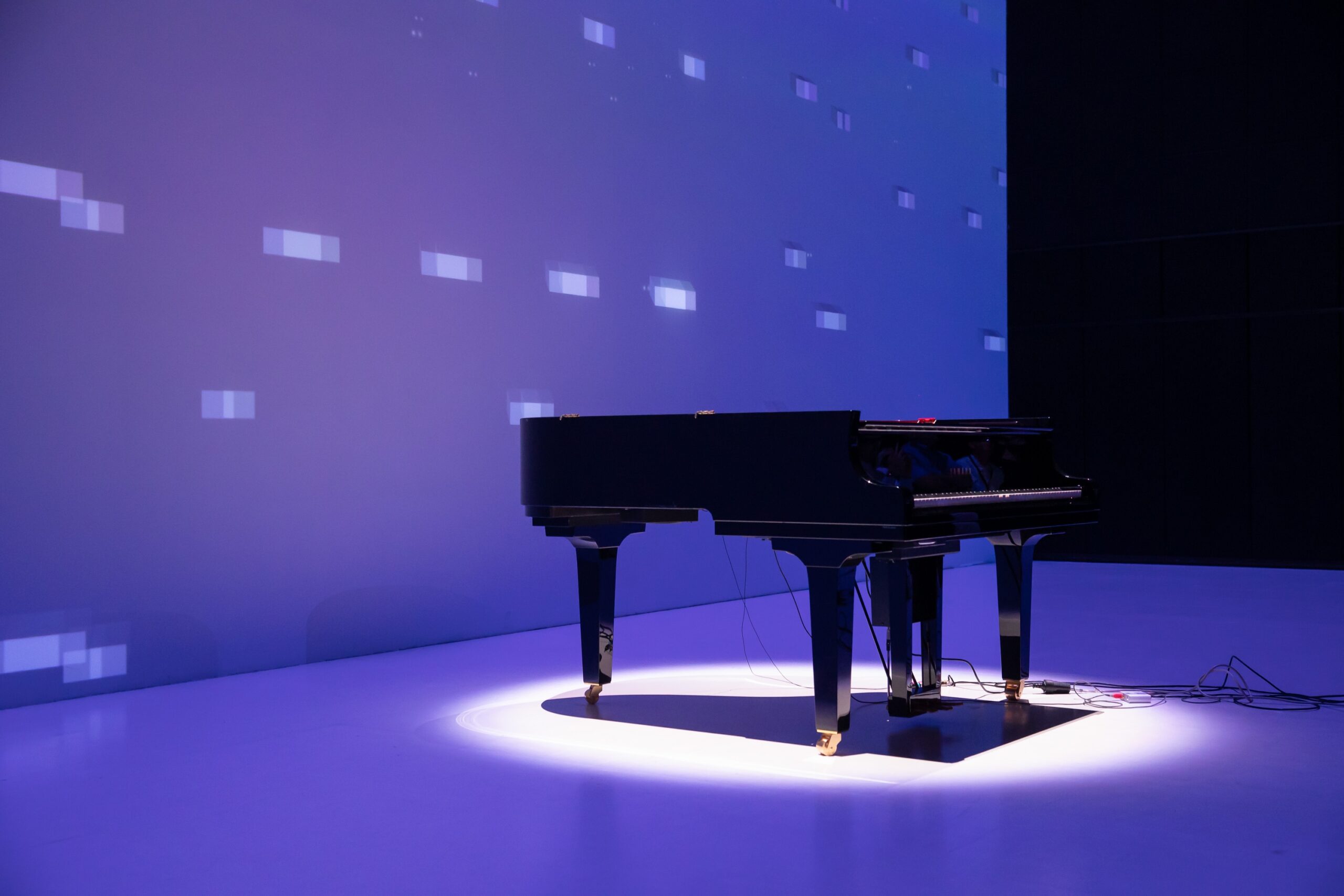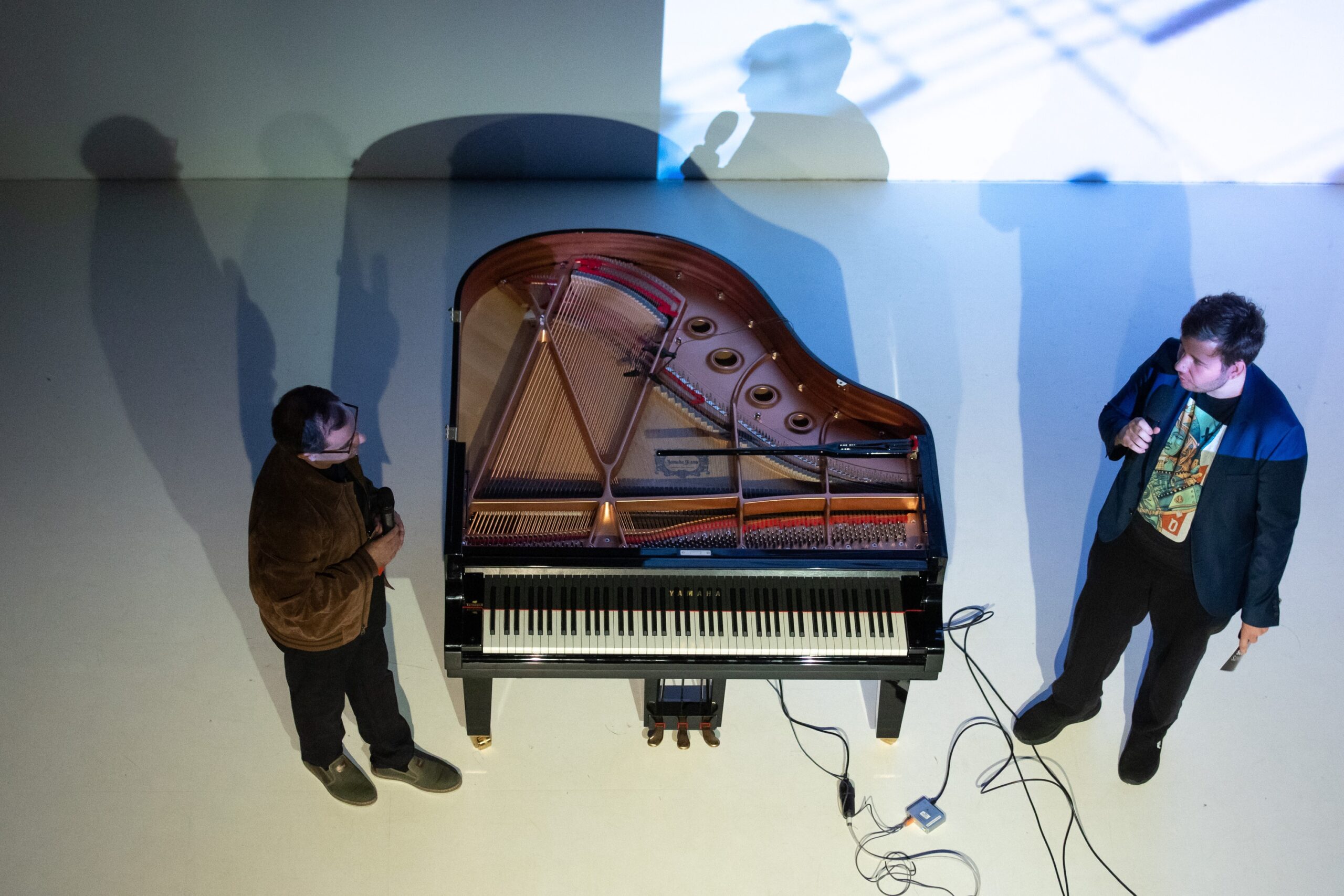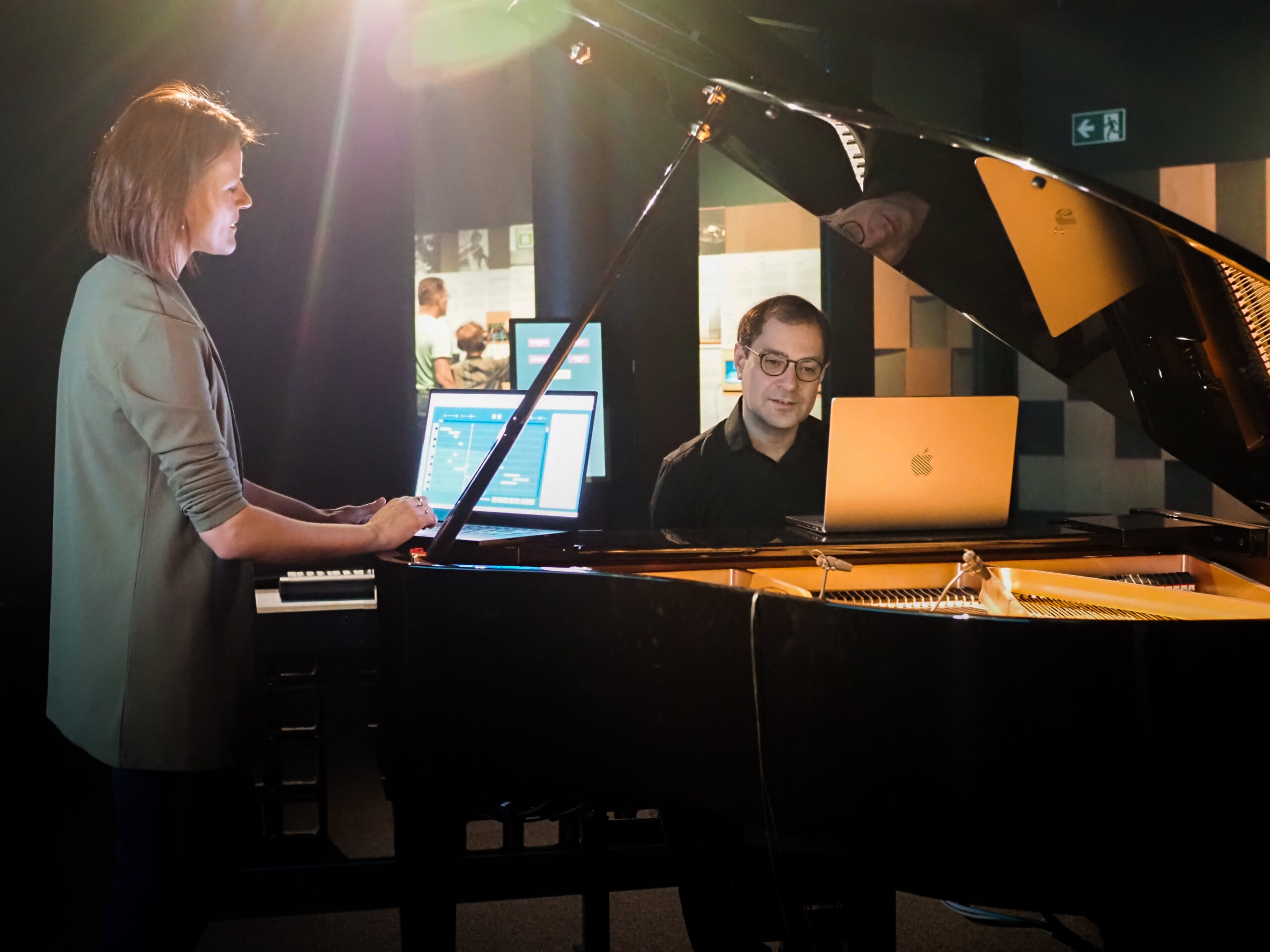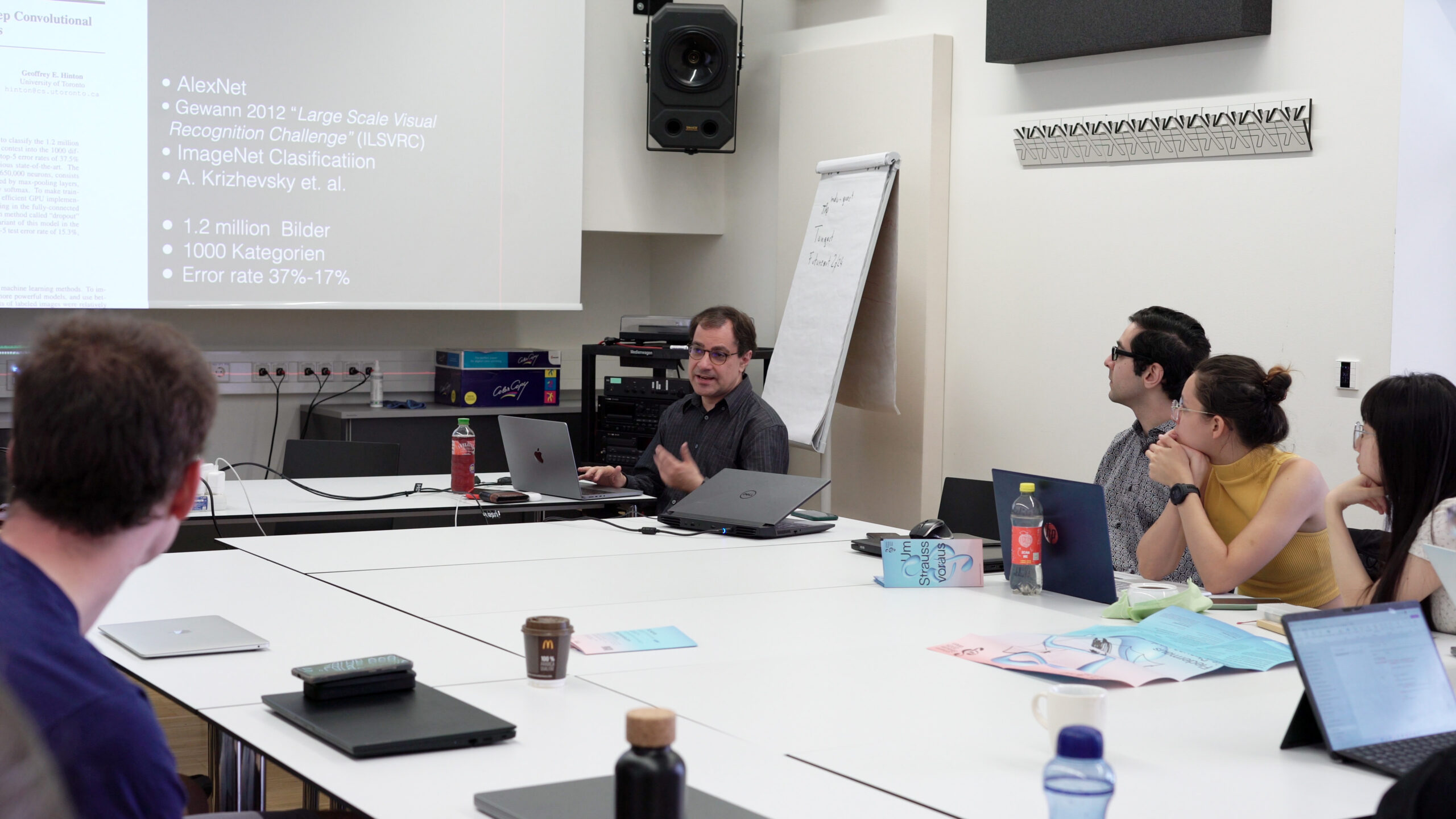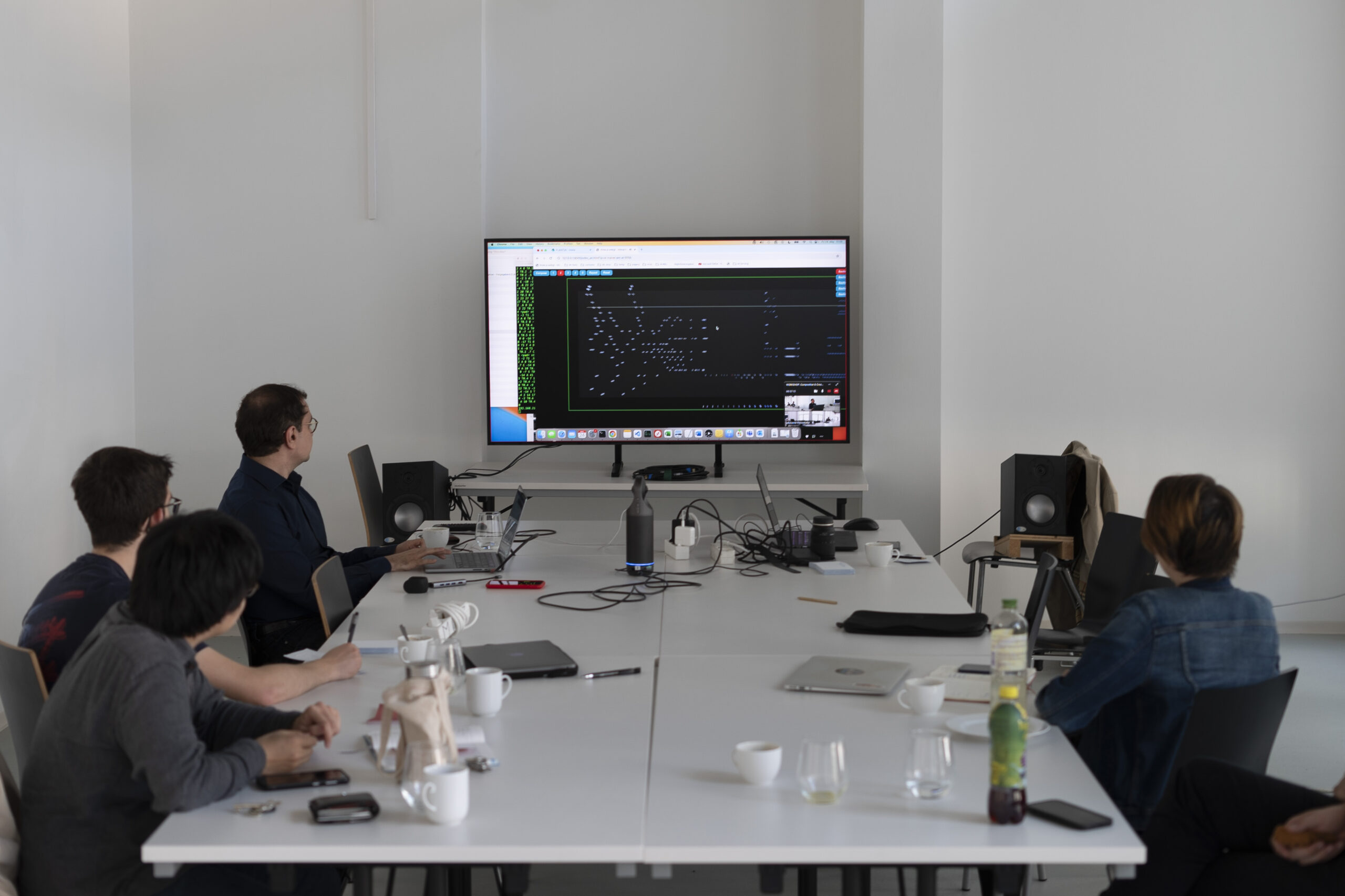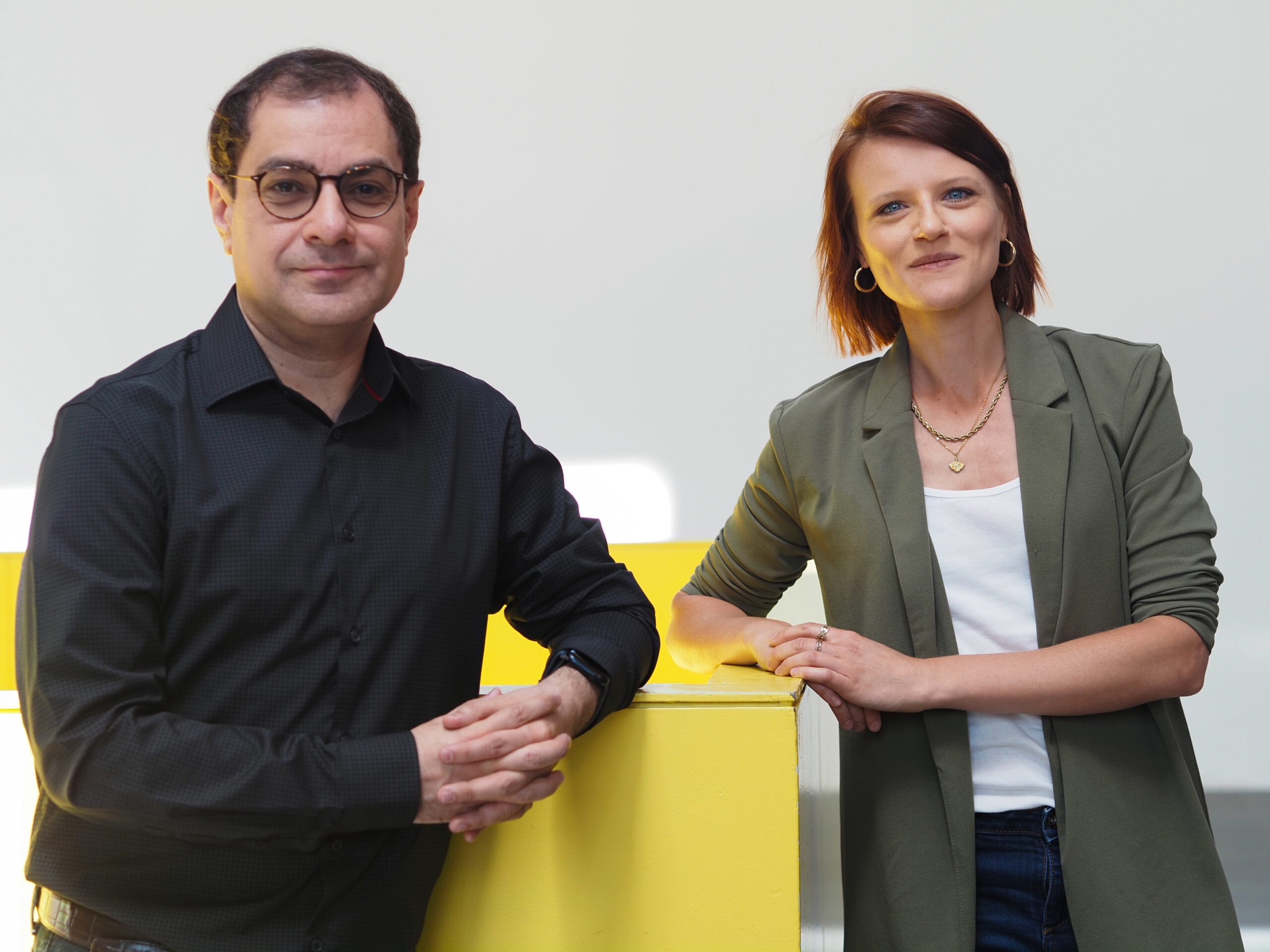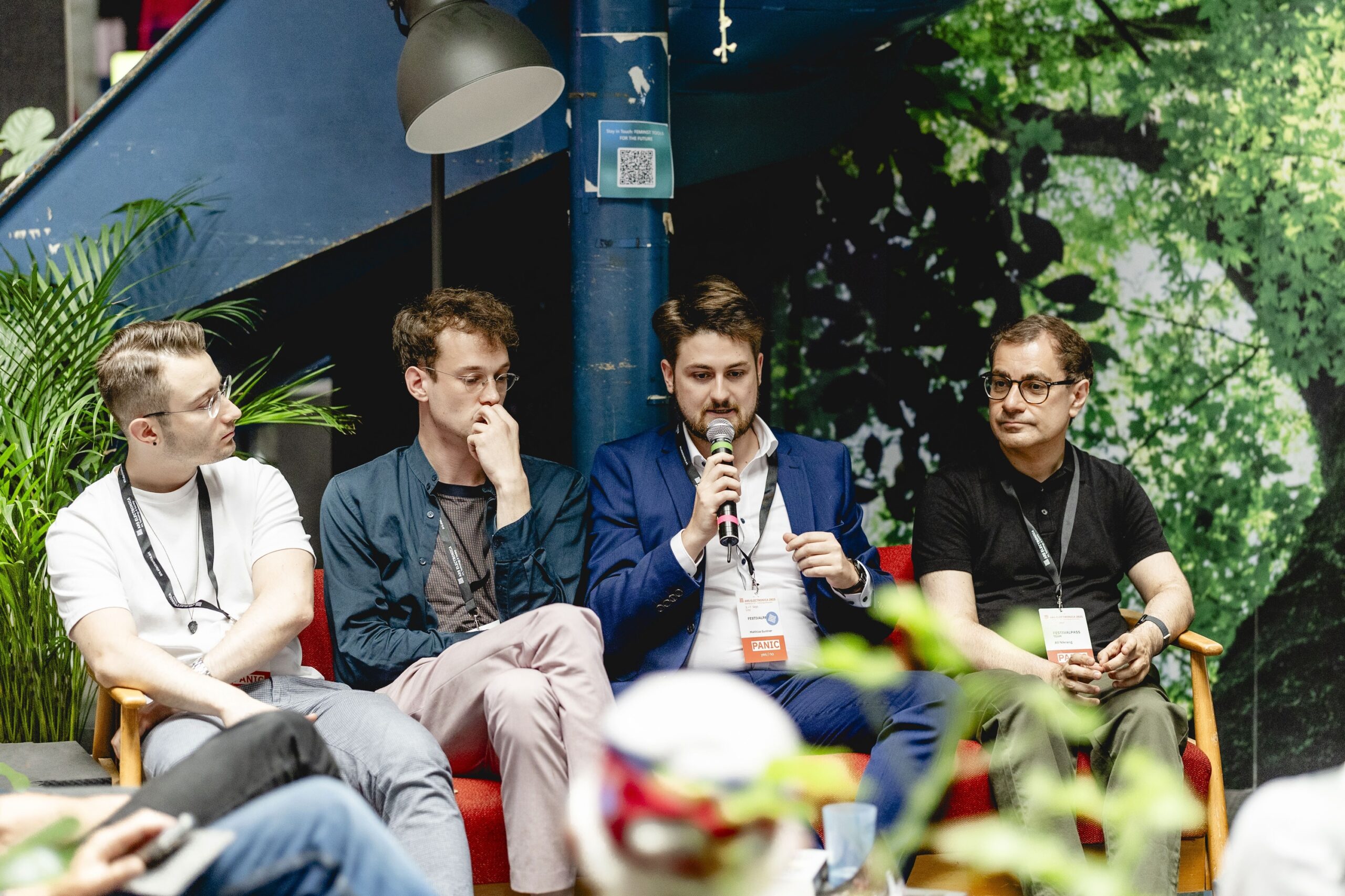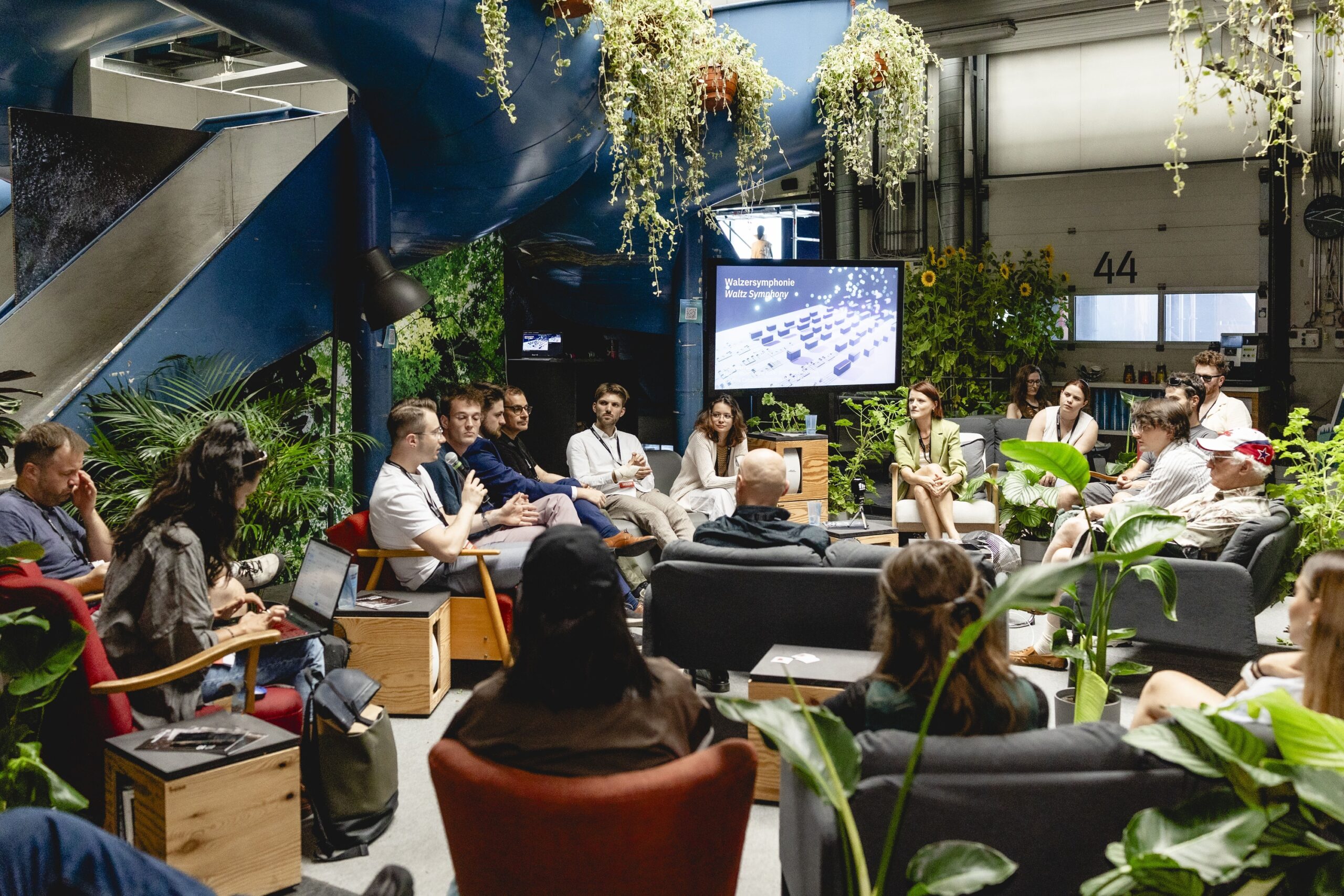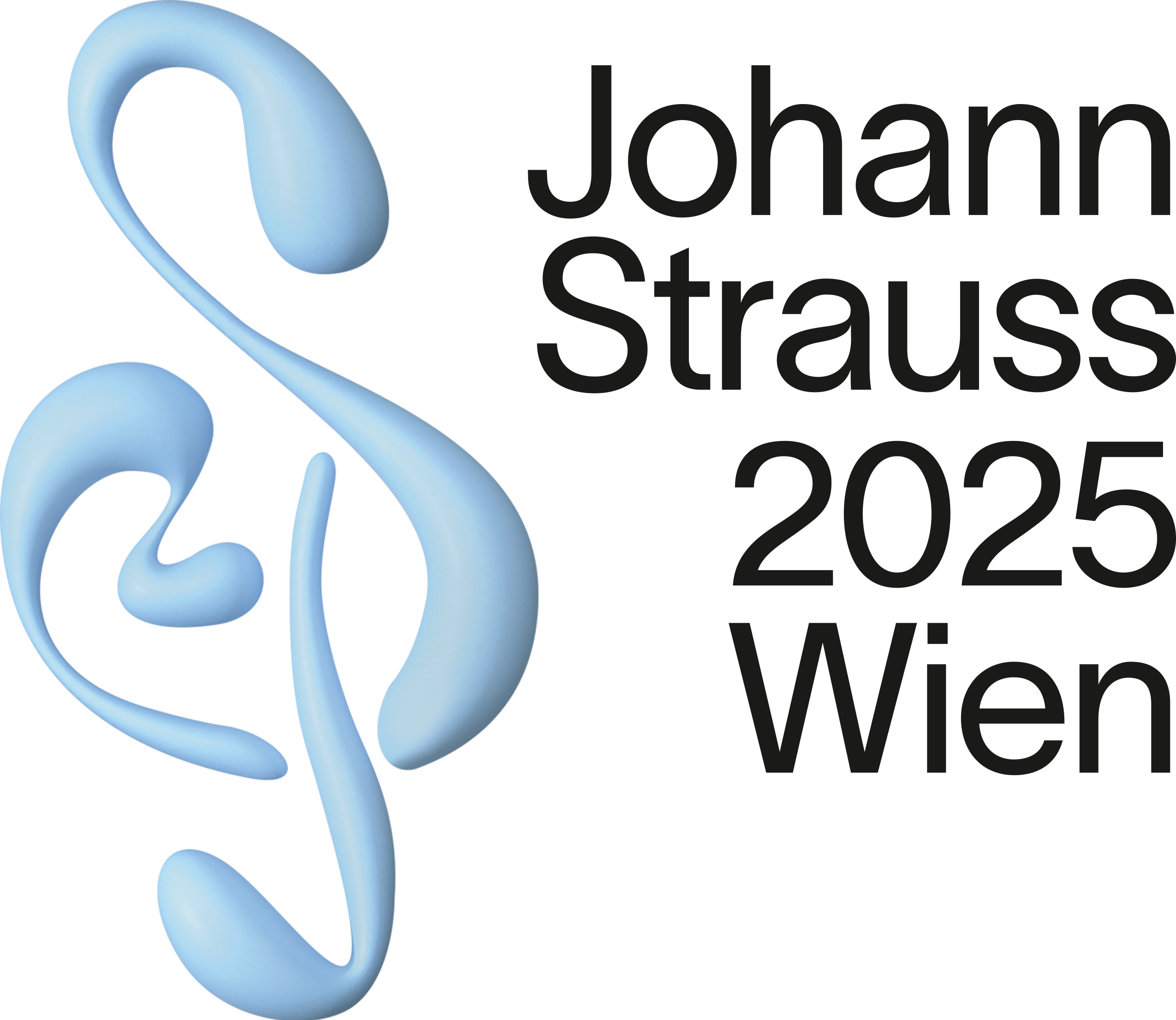The year 2025 marks the 200th birthday of world-famous composer Johann Strauss II. On behalf of Johann Strauss Festjahr 2025 Wien, the Ars Electronica Futurelab is dedicating itself to this anniversary with Walzersymphonie (Waltz Symphony). The project’s central question is: “How can artists use the creative potential of AI technologies?”
Johann Strauss II shaped the history of music with works such as the Danube Waltz and operettas like Die Fledermaus (The Bat) and Eine Nacht in Venedig (A Night in Venice). As a tribute, students of renowned music universities work with creative AI – the Futurelab’s Ricercar software – on a symphony that will be performed live by the Brucker Orchestra in Vienna and Linz in 2025. Eight composition students were selected from a call. Four of the selected concepts were developed into movements of an orchestral symphony; three others became compositions for solo instruments.
Der Flederfrosch
Danielle Lurie (IL/DE)
Paraphrasing Strauss’ famous operetta Die Fledermaus, Danielle Lurie’s
(University of Music and Theatre Munich) short semi operetta casting scene, Der Flederfrosch, explores AI as a mirror of society. The exaggerated bias and discrimination in the casting scene are also reflected in the music: the AI system Ricercar, trained on classical European music, was challenged with non-European musical traditions. The result is a humorous symbiosis between man and machine.
Libretto: Theresa Mandlik
Gesang: Pablo Cameselle, Christian Kotsis
Dialog im Walzer (Dialogue in the Waltz)
David Bock (DE/CH)
With Dialog im Walzer, David Bock (Zurich University of the Arts) explores the exchange between human and AI creativity in composition. In collaboration with the AI system Ricercar, he pushes limits by regulating information density, establishing additional rules, and deliberately incorporating errors to investigate how AI results can influence and even inspire us in our creative processes. The outcome is a hybrid dialogue between human and AI, pursuing innovative creative expression.
Scherzo
Carolina Caballero-Bastidas (CO), Matthias Guntner (AT)
With Strauss’ deep affinity for dance music and its link to current trends as a starting point, Caballero and Guntner (University of Music and Performing Arts Vienna) interact with the AI system Ricercar to imagine Strauss’ approach to dance today. Throughout the process, input and output blurred into a continuous, reciprocal exchange: a feedback system sustained by each’s divergent creative processes. Every part of Scherzo was thus shaped by both AI and human, in a challenge to such duality.
It’s Just Noise
Johannes Brömmel (DE/AT)
How can acoustic chaos be organized, and when does it become music? With It’s Just Noise, Johannes Brömmel (Mozarteum University Salzburg) explores acoustic perception amid today’s flood of information. Using the AI Ricercar, he created five overlapping music layers from fragments of Strauss’s Donauwalzer – a musical chaos. From this, he shaped a piece between noise and structure: an experiment in how much Strauss’ captivating music must be distorted to disappear behind a wall of information.
Organum Ex Machina
Yurii Riepin (UA/DE)
Artificial intelligence is the “deus ex machina” of our time, a driving force behind the emergence of new forms of sound. With the AI system Ricercar, trained on the music of Johann Strauss, Yurii Riepin (University of Music and Theatre Munich) enters into a dialogue between industrial sounds of the 19th century and electronic soundscapes of the present. The organ piece combines tonal motifs of the past with modern sounds, in a field of tension between tradition and innovation.
Zwischen den Welten (Between worlds)
Micha Fazeli-Pour (DE/AT)
In his piece, Micha Fazeli-Pour (University of Music and Performing Arts Vienna) explores musical and symbolic contrasts. Starting from a piano excerpt by Arnold Schoenberg – an aesthetic opposite to Strauss – he used the AI system Ricercar to develop material combining Strauss’s tonality with Schoenberg’s contrapuntal density. In the tension between march and waltz, density and lightness, the work does not resolve opposites but brings them into joint motion.
Eine Polka für den Fortschritt (A polka for progress)
Fabian Blum (DE)
In his compositional work, Fabian Blum (University of Music and Theatre Munich) explores industrial noises of the 19th century and the present day, thus building on Johann Strauss’ musical explorations of mechanical and motor sounds.
Working with Johann Strauss and Ricercar
The core concept of Walzersymphonie comprises a series of workshops that took place at the University of Music and Performing Arts Vienna, Mozarteum University Salzburg, Zurich University of the Arts, as well as the University of Music and Theater Munich in May/June 2024. These workshops were primarily aimed at students studying composition and served as places of discourse for creative ideas on the use of AI in dealing with the music of Johann Strauss.
Selected students got the opportunity to create new compositions using a version of the AI system Ricercar that has been specially adapted for this project and trained with the music of Johann Strauss. Ricercar is an AI-based composition system already used in numerous artistic projects. It has been developed since 2019 by AI researcher and classical musician Ali Nikrang in the Ars Electronica Futurelab as a research tool specifically for the artistic needs of classical music.
Performances of the “Walzersymphonie” in 2025
By summer 2025, Johann Strauss Festjahr 2025 Wien has commissioned a four-movement symphony as part of the Walzersymphonie project, which will be performed in September 2025 at the Ars Electronica Festival in Linz and in November 2025 in Vienna with the Bruckner Orchestra Linz. The project will also be accompanied by lectures, publications, and studies. The Walzersymphonie project thus serves not only as an artistic exploration but also as a public discussion about the role of AI in art: how do human creativity and machines fit together and how can we work so that AI systems complement rather than replace these creative processes?
From a technical point of view, an experimental approach to AI requires an openness to new possibilities and an intuitive approach without clear guidelines. Interacting with AI requires a certain amount of freedom and creativity on the part of the user in order to fully harness the potential of the technology.
A project of Johann Strauss Festjahr 2025 Wien in cooperation with Ars Electronica Futurelab
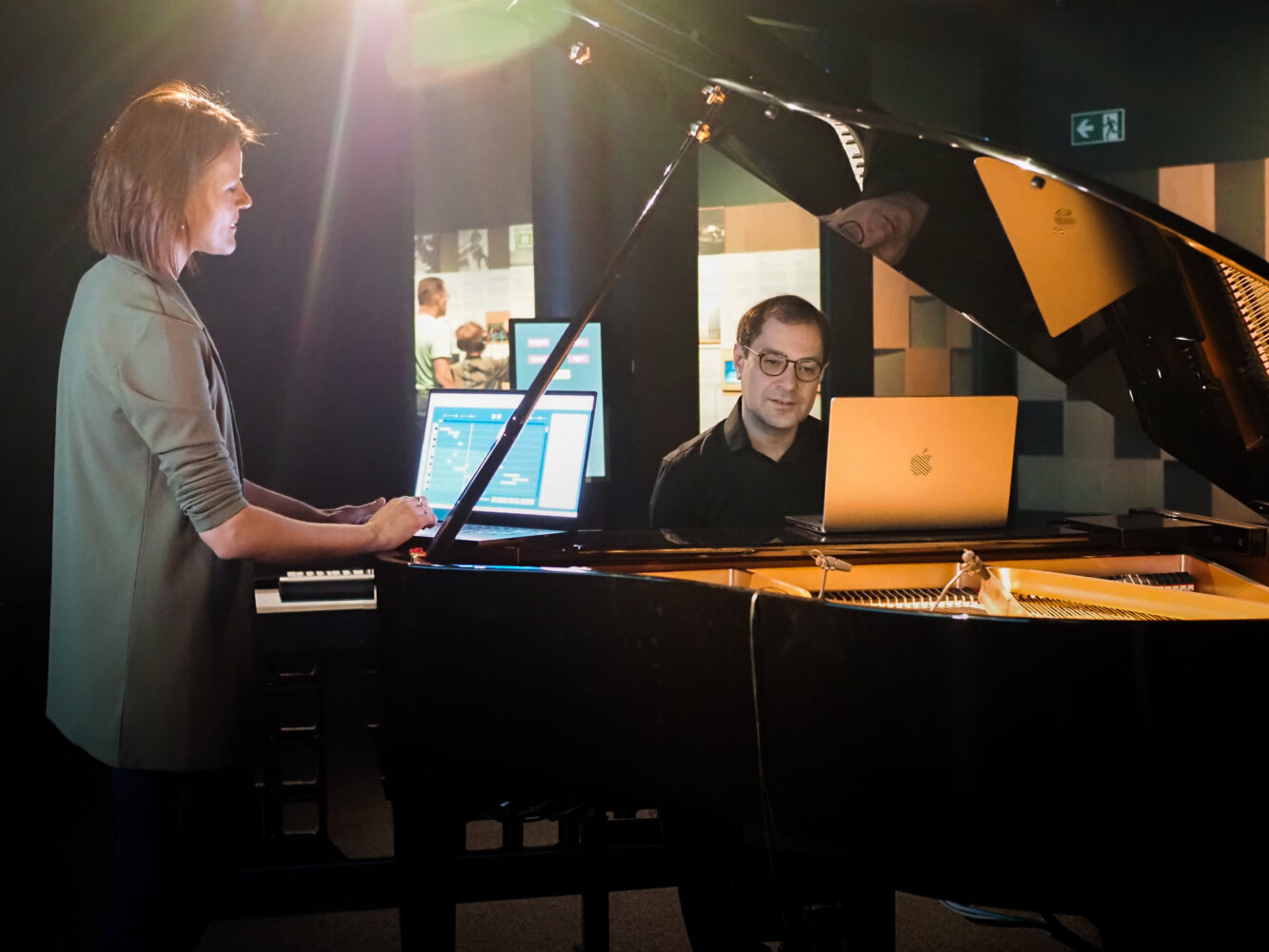
Waltz Symphony: Of humans and machines
Artificial intelligence and classical music merge seamlessly in the Waltz Symphony project. Composition students develop innovative orchestral pieces in dialogue with the AI application Ricercar.
Credits
Ars Electronica Futurelab: Susanne Kiesenhofer, Ali Nikrang
On behalf of: Johann.Strauss-Festjahr2025 GmbH
Partners: University of Music and Performing Arts Vienna, Mozarteum University Salzburg, Zurich University of the Arts, University of Music and Theater Munich
Composers: Fabian Blum, David Bock, Johannes Brömmel, Carolina Caballero Bastidas, Micha Fazeli Pour, Matthias Guntner, Danielle Lurie, Yurii Riepin
Bruckner Orchestra Linz under the direction of Ingmar Beck
Vocals: Pablo Cameselle, Christian Kotsis
Organ: Yurii Riepin
